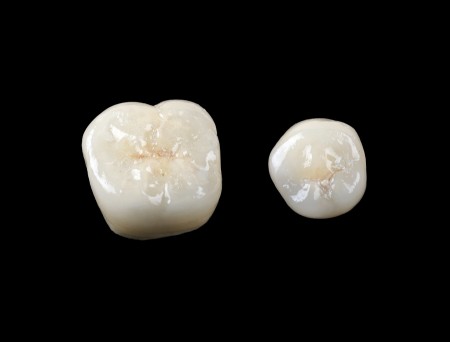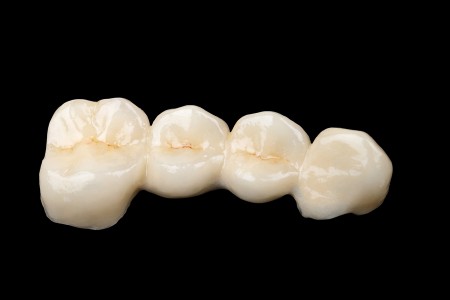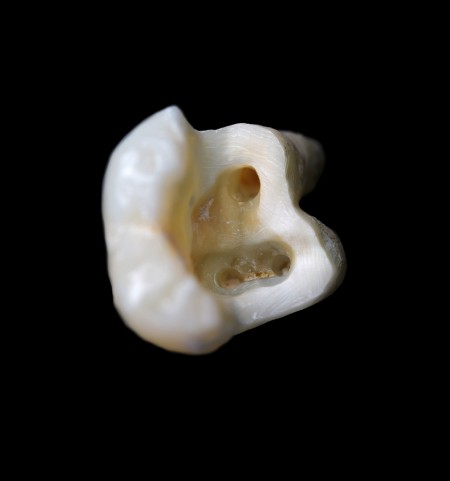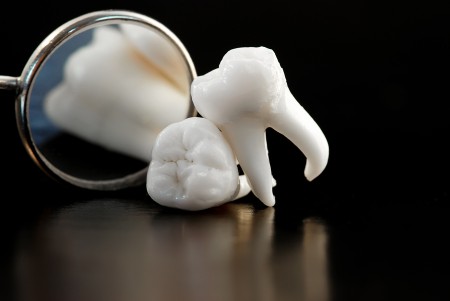Composite Restorations
Historically, tooth problems such as dental cavity or other trauma were treated with only amalgam or metal fillings which are not natural looking. Thankfully, advances in the science of dentistry have led to the development of white coloured composite resin dental fillings which are durable, are cosmetic and are a good choice for people who prefer a natural look for their dental fillings. They are also bonded to the tooth and so more tooth structure is preserved. In addition, unlike amalgam fillings, they do not contain mercury which is associated with negative effects on health. Composite restorations can typically be applied within a single appointment and are a great alternative to amalgam fillings.

Crowns
Crowns are sometimes referred to as “caps” and are used to strengthen a damaged tooth or on top of an implant to provide a tooth-like shape and structure for function. There are different kinds of materials for crowns: porcelain or ceramic crowns are used to match the colour of your natural teeth, gold and metal crowns provide extra strength which is important for chewing areas such as the back teeth, porcelain fused to metal crowns are ideal for most circumstances because they offer both a natural look and needed strength. We usually recommend a crown for patients to protect a weak tooth from fracturing, to restore a fractured tooth, to cover a dental implant or for a tooth that has had a root canal treatment.

Bridges
Bridges help restore gaps between teeth which are lost due to trauma or decay. Artificial teeth are placed to form a “bridge” between the gaps which allows your smile and beauty to be restored, distributes the forces of your bite and prevents remaining teeth from drifting out of position. If gaps between teeth are causing you problems with speaking and chewing or you become self-conscious, ask our dentist to see if a bridge may be the right solution for you. They offer a comfortable and permanent option to enhance your smile and to improve the health of your natural teeth.

Root Canal Therapy
The dental pulp which resides in the centre of the tooth contains blood vessels and nerves supplying the tooth with nutrients and sensation. When dental decay, trauma or dentine hypersensitivity occurs, the pulp can become inflamed and cause a toothache. This toothache can only be treated in one of two ways: root canal therapy or extraction.
Endodontic therapy (root canal therapy) involves the removal of the pulp and the cleaning of the root canal. This is followed by the obturation (filling) of the canal with gutta-percha. After root canal therapy, a crown is needed for tooth coverage and strength.

Extractions
An extraction is the complete removal of a tooth. It is often a last treatment option for a tooth that has become unrestorable due to tooth decay, periodontal disease or dental trauma especially if these conditions are causing a toothache. In orthodontics, normal and healthy teeth may also be extracted to create space for straightening other teeth.


